When you think of Japanese cuisine, dishes like ramen, tonkatsu, or sushi might come to mind. Thanks to globalization, authentic Japanese food can now be enjoyed worldwide without setting foot in Japan. But what exactly is "washoku," and why is it celebrated globally as an ideal diet for health and longevity? In this article, we delve into the rich cultural heritage of Japanese food, Japan's pride and joy.
* By purchasing or booking products introduced in this article, a portion of the proceeds may go to FUN! JAPAN.
The Origins of Japanese food Culture
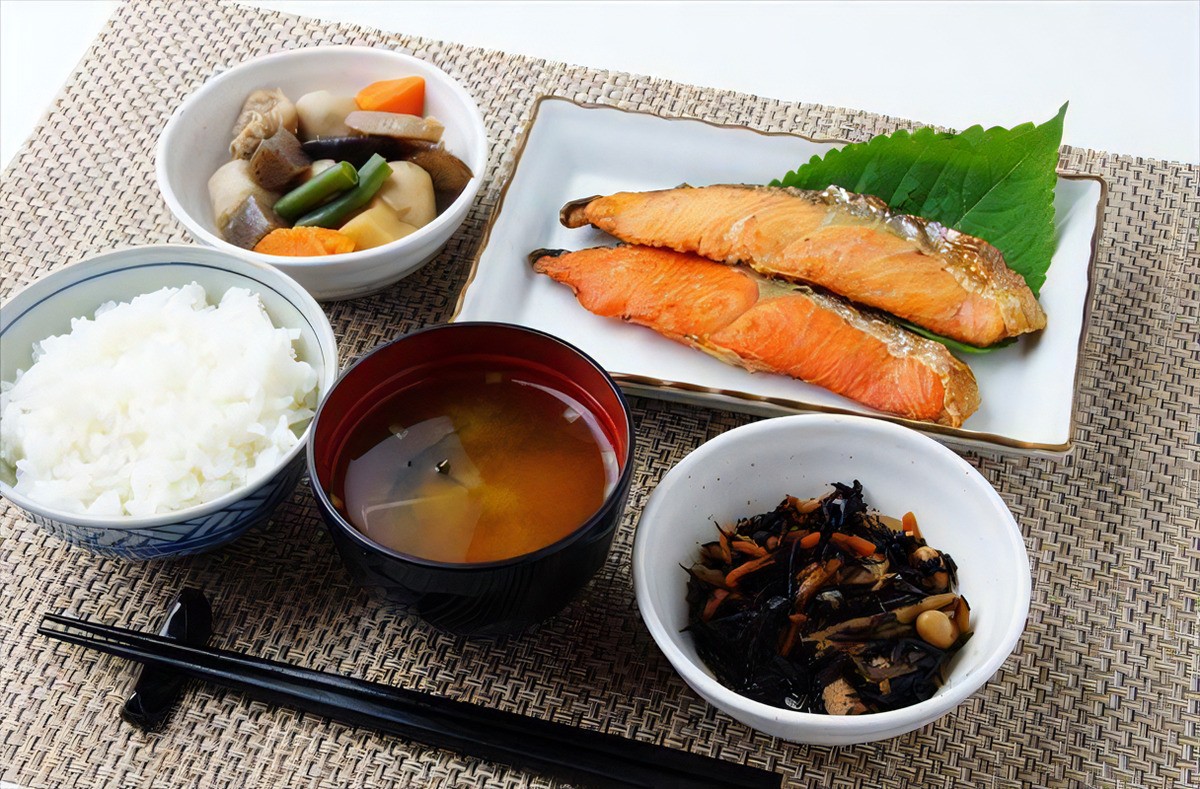
Pinpointing the exact beginnings of Japanese food is challenging, but its roots are believed to trace back to Japan's Jomon period. Here's a timeline of how Japanese culinary culture evolved:
Jomon Period (ca. 14,000 BCE–ca. 10th century BCE)
People relied on foraging, hunting, and fishing for sustenance. The invention of Jomon pottery allowed new cooking methods such as boiling and simmering.
Yayoi Period (ca. 10th century BCE–mid-3rd century CE)
The cultivation of rice became widespread, establishing rice as the staple food. This era also saw the creation of salt and kokusho, a precursor to soy sauce.
Kofun Period (mid-3rd century–7th century CE)
Large-scale rice paddies were developed, reducing reliance on hunting and stabilizing the diet.
Asuka–Nara Periods (592–794 CE)
With the introduction of Buddhism, animal slaughter was prohibited, leading to over 1,200 years of avoidance of meat consumption. This gave rise to a diet centered on plant-based protein from rice and soybeans, supplemented by fish for animal protein. The art of making dashi (soup stock) flourished, and aesthetics became increasingly important in food preparation.
Heian Period (794–1185 CE)
Influenced by Chinese culture, court nobles developed daikyo ryori, the first formalized style of Japanese cuisine, to entertain guests.
Kamakura Period (1185–1333 CE)
Under samurai rule, simplicity and frugality were valued. Zen Buddhism introduced shojin ryori (Buddhist vegetarian cuisine).
Muromachi–Sengoku–Azuchi-Momoyama Periods (1336–1603 CE)
Honzen ryori (cuisine), the formal ritual cuisine of Japan, emerged, featuring dashi made from kombu and katsuobushi. Kaiseki ryori, rooted in tea ceremonies, was developed to complement the experience of drinking tea.
Edo Period (1603–1868 CE)
Kaisei ryori (cuisine), the precursor to modern banquet cuisine, became popular, and the custom of three meals a day was established. Beloved dishes such as soba, tempura, eel, and sushi, known as the "Four Great Edo Foods," remain staples to this day.
Meiji Era to Modern Times (1868–present)
Western influences brought new flavors and cooking styles to Japan. Japanese food, however, continued to evolve, adapting to the times while retaining its essence.
Key Features of Japanese food
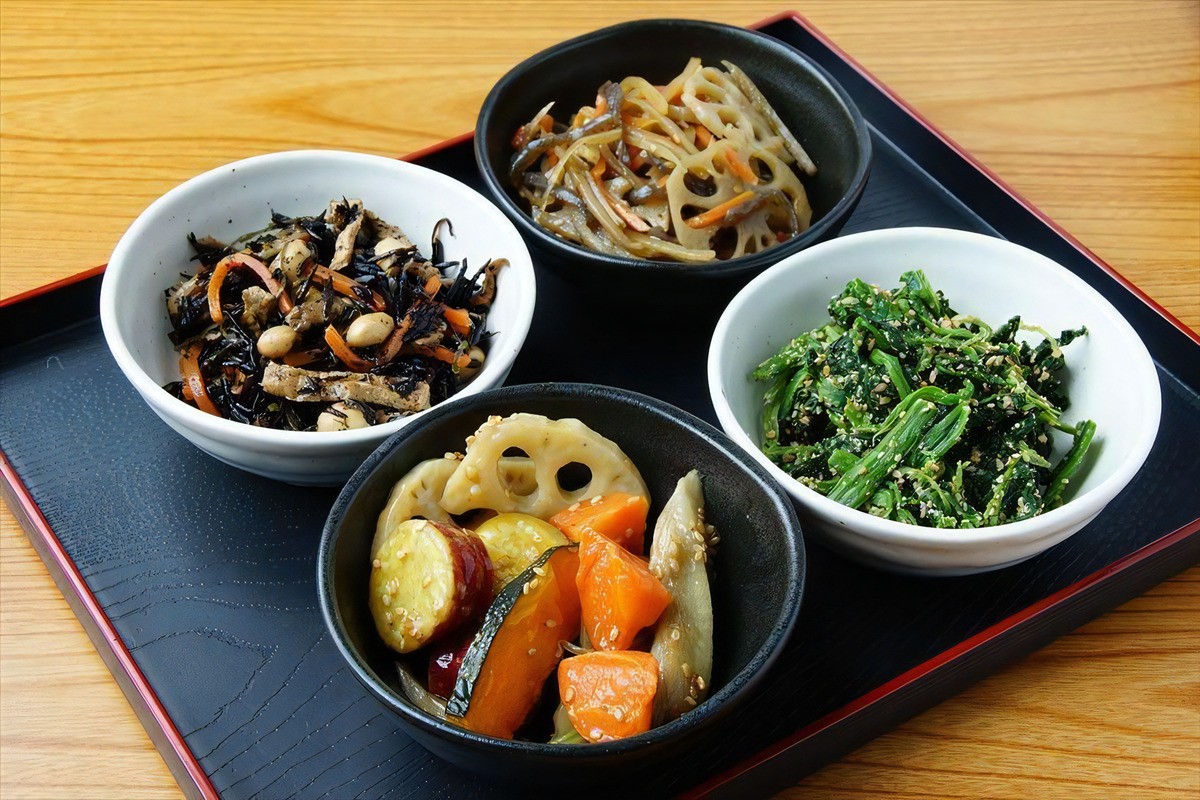
Using Diverse and Fresh Ingredients to Enhance Natural Flavors
Japanese food emphasizes drawing out the inherent flavors of its ingredients through the thoughtful application of the following elements:
(1) Cooking Methods: A balance of the "Five Methods"—raw (slicing), simmering, grilling, steaming, and deep-frying—brings out the best in each ingredient.
(2) Culinary Tools: Precision is key, with the sharpness of a knife significantly influencing the taste and texture of dishes.
(3) Dashi (Soup Stock): Essential to Japanese food , dashi is made from kombu, katsuobushi (dried bonito flakes), niboshi (dried sardines), or dried shiitake mushrooms. These ingredients extract umami compounds like glutamic acid, inosinic acid, and guanylic acid.
A Nutritional Focus Supporting a Healthy Lifestyle
The principle of ichiju-sansai—a meal consisting of rice, one soup, and three side dishes—forms the foundation of a nutritionally balanced diet. By leveraging umami flavors, Japanese food minimizes the need for excess salt or calories.
Expressing Nature’s Beauty and the Changing Seasons
Japanese food celebrates Japan's seasons through decorating like seasonal flowers or leaves and using tableware and utensils chosen to complement the time of year, enhancing the dining experience.
Deeply Rooted in Annual Traditions
Japanese food strengthens family and community bonds by sharing nature’s bounty during traditional events, emphasizing gratitude and togetherness.
November 24th is "Japanese Food Day"
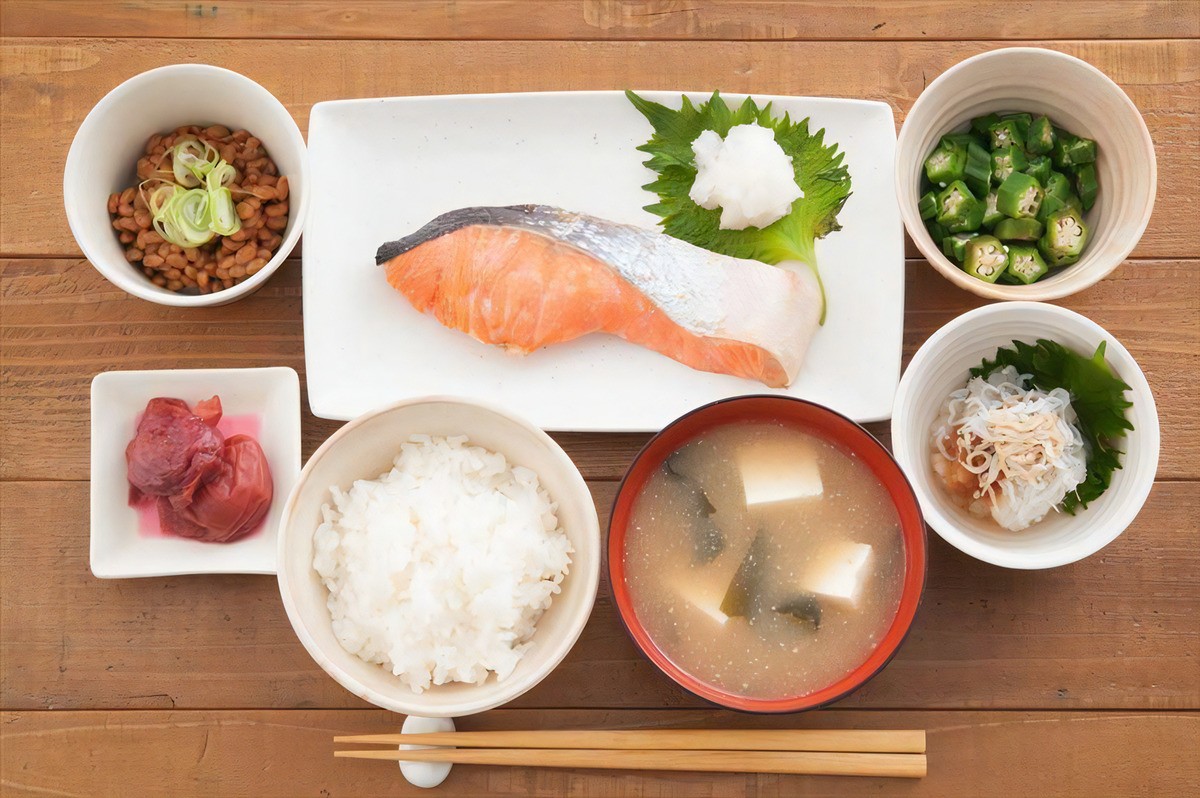
Established by the Washoku Cultural Association in 2013, the same year UNESCO recognized washoku as an Intangible Cultural Heritage, Japanese Food (Washoku) Day raises awareness about the tradition and aims to pass it on to future generations.
The date, November 24, symbolizes “Good Japanese Food” (ii nihonshoku) through wordplay. On this day, various industries, including food and hospitality, host campaigns to promote regional revitalization and environmental conservation.
👉 Official website of the National Council of Japanese Food Culture (Japanese)
Top 3 Restaurants to Enjoy Authentic Japanese Cuisine

Akasaka Totoya Uoshin
Founded in 1890 during the Meiji era, this long-established restaurant in Akasaka serves exceptional Japanese cuisine made with the finest seasonal ingredients. Its traditional atmosphere enhances the experience of savoring dishes crafted with utmost care.
FANCL Reiwa Honzen
Operated by FANCL, a leading cosmetics and health food company, this innovative restaurant offers six distinctive courses inspired by honzen ryori, the prototype of modern Japanese cuisine. Blending Japanese and Western influences, it promises a dining experience that's both unique and nourishing.
Yamabana Heihachi Tea House
With over 440 years of history, this restaurant was established in the late 16th century (Tensho period). Famous for its traditional dishes like barley rice with grated yam (tororo) and Kyoto-style kaiseki cuisine featuring guji (tilefish), it preserves the flavors of time-honored culinary traditions.
Explore More Popular Japanese Restaurants in Tokyo, Osaka, etc.
Let’s explore some recommended Japanese restaurants using popular reservation platforms in Japan. "Tabelog" offers a Top 20 ranking of the most booked restaurants for you to check out.
【Tokyo】
👉 Find Japanese restaurants in Tokyo (Tabelog)
👉 Find Japanese restaurants in Tokyo (Hot Pepper Gourmet)
【Osaka】
👉 Find Japanese restaurants in Osaka (Tabelog)
👉 Find Japanese restaurants in Osaka (Hot Pepper Gourmet)
【Kyoto】
👉 Find Japanese restaurants in Kyoto (Tabelog)
👉 Find Japanese restaurants in Kyoto (Hot Pepper Gourmet)
【Sapporo】
👉 Find Japanese restaurants in Sapporo (Tabelog)
👉 Find Japanese restaurants in Sapporo (Hot Pepper Gourmet)
2 Unique Japanese Cooking Experiences
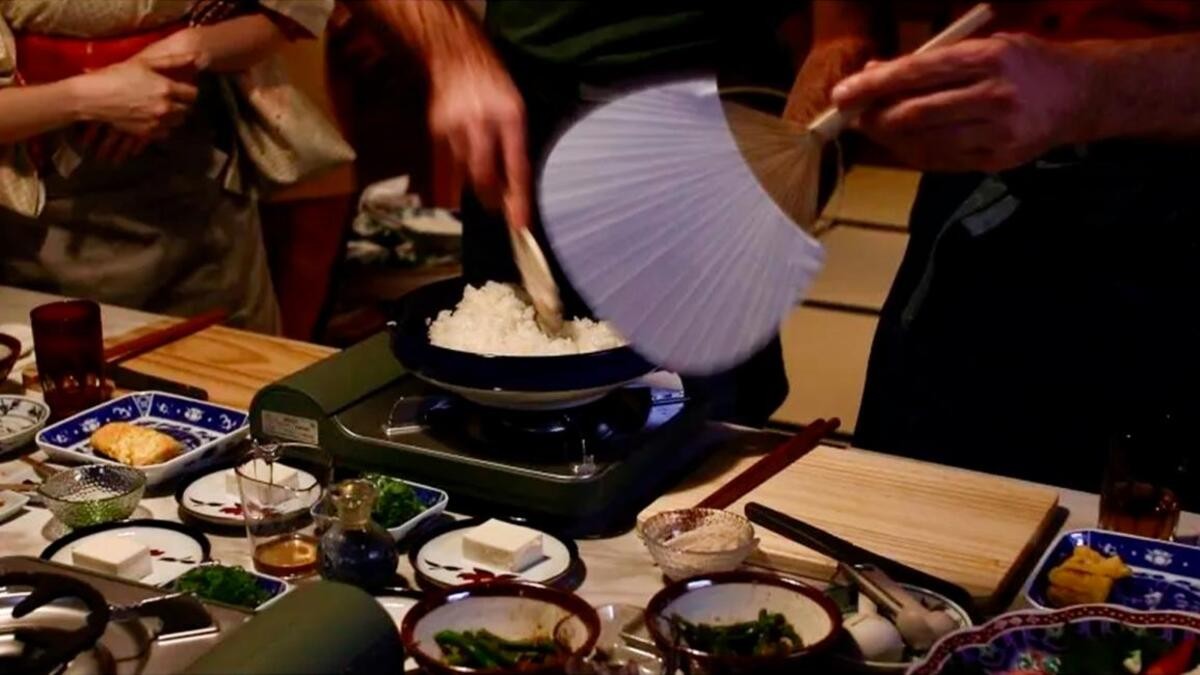
For those who want to do more than just enjoy eating and learn about Japanese cooking techniques, consider joining one of the Japanese cooking experience tours listed below.
TOKYO BUNBUN
A cultural activity hub where you can enjoy samurai shows and cooking classes in a traditional Japanese house. Learn to prepare dishes like rolled omelet (tamagoyaki) and tofu miso soup under the guidance of experienced instructors, ensuring even beginners can participate confidently.
👉 Reserve a Japanese food making and matcha experience (KKday)
Ajikicho Horie
A Michelin two-star restaurant offering a seasonal kaiseki cooking class led by expert chefs. Participants can create their own Japanese seasonings and savor exquisite dishes. You'll also receive an original seasoning set and recipe booklet to recreate the flavors at home.
👉 Reserve a noodle soup and matcha salt making experience (KKday)
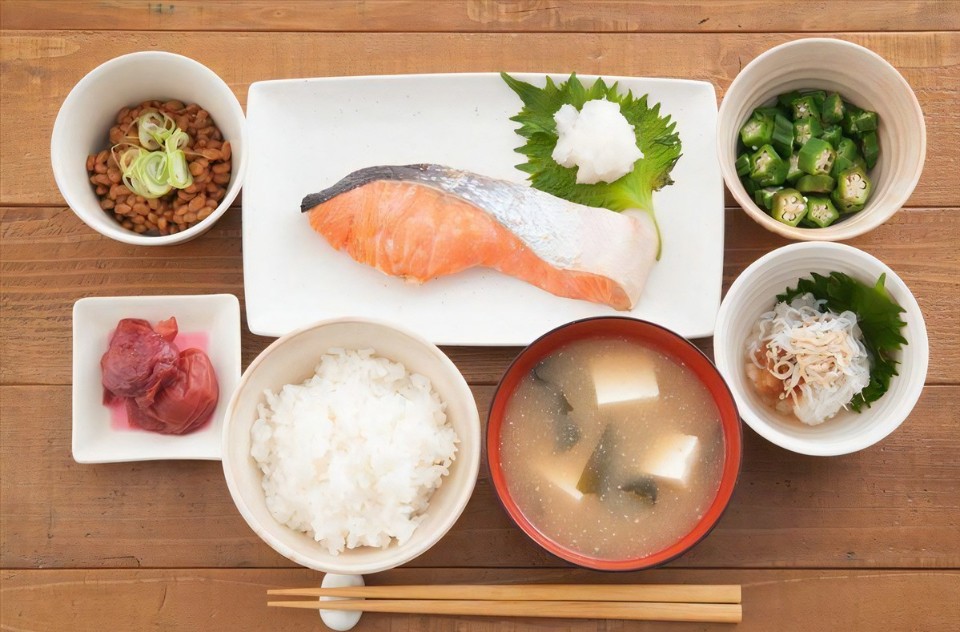
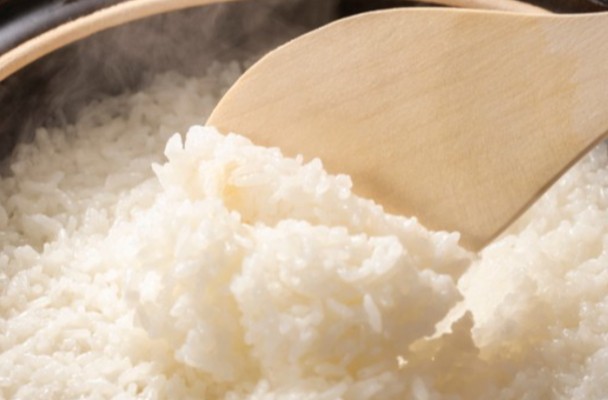
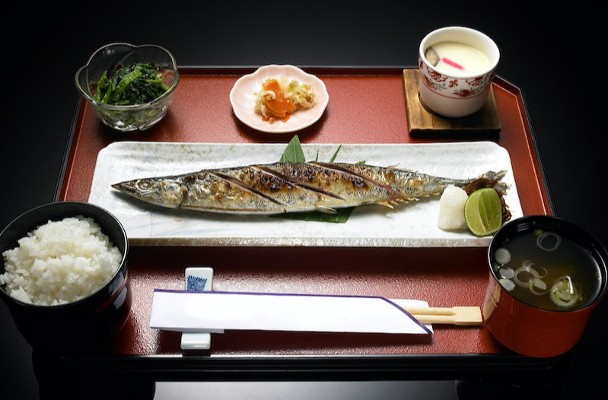
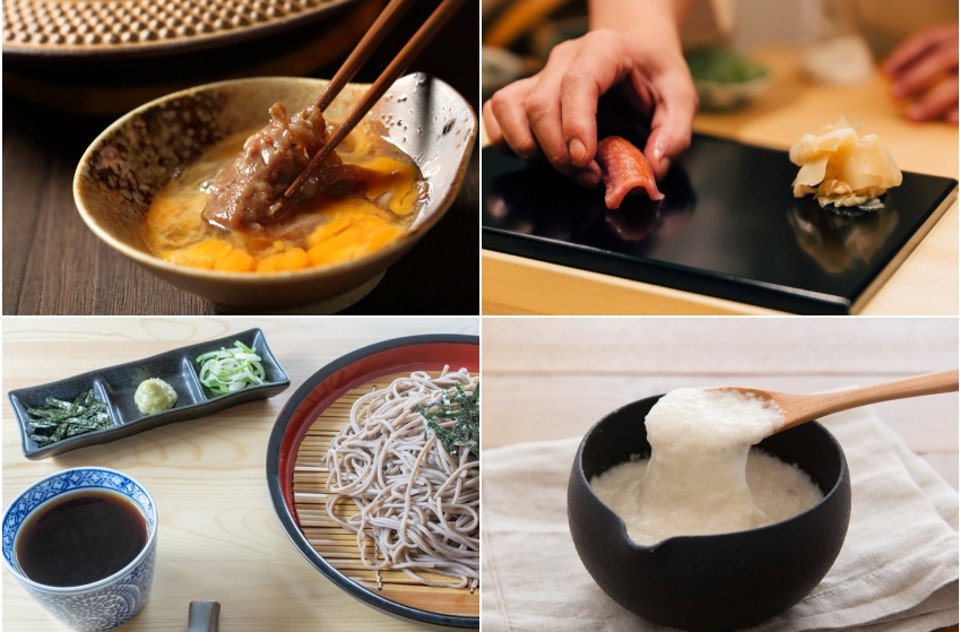
Comments